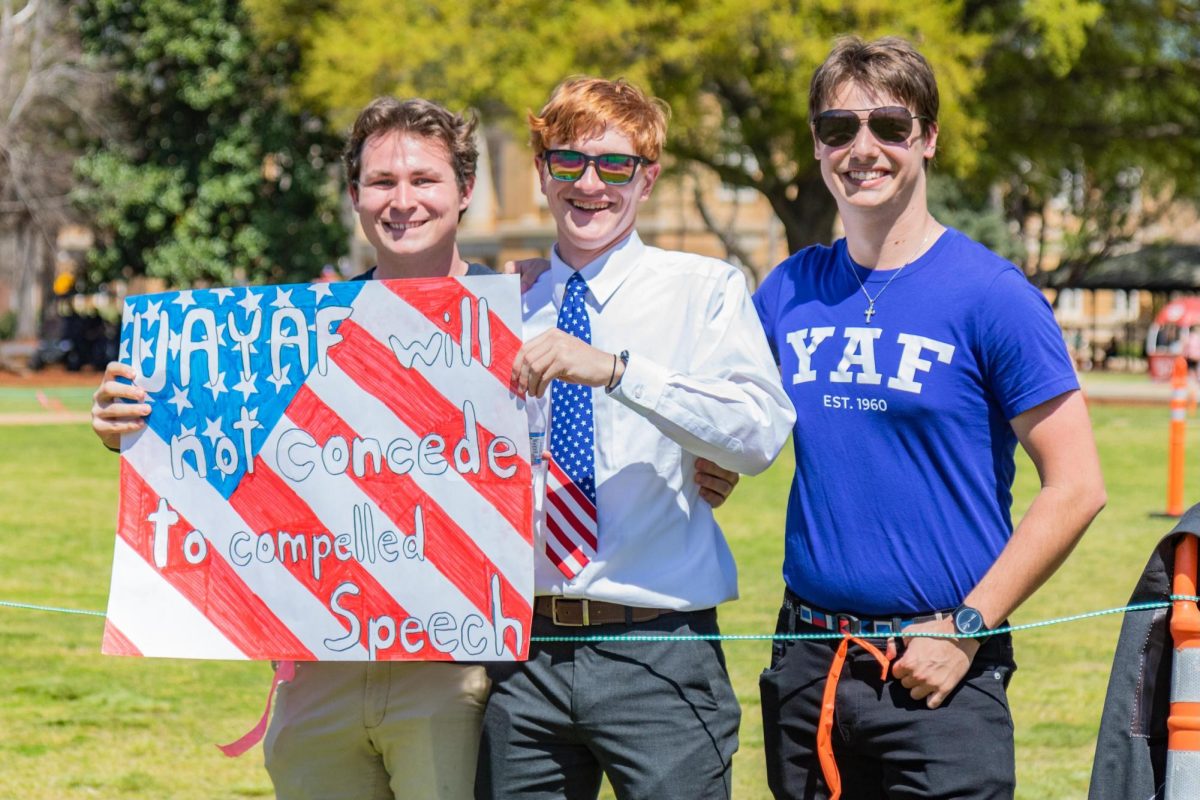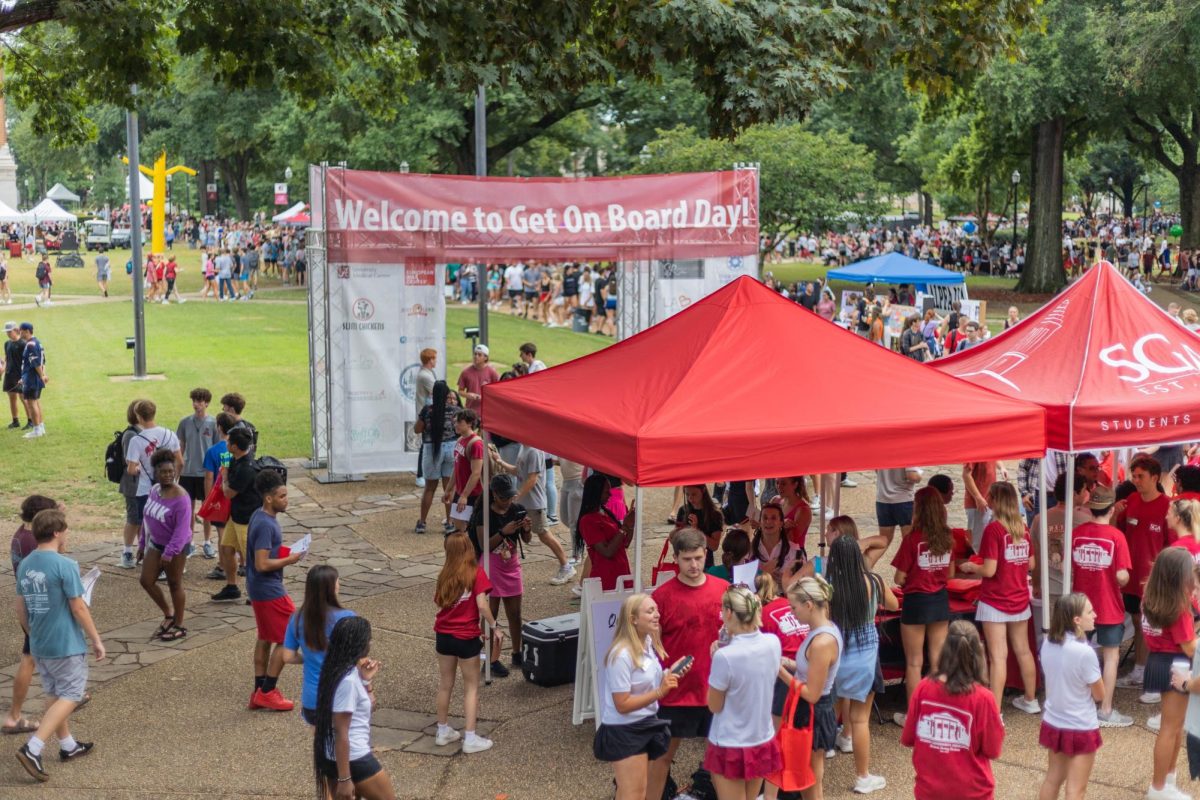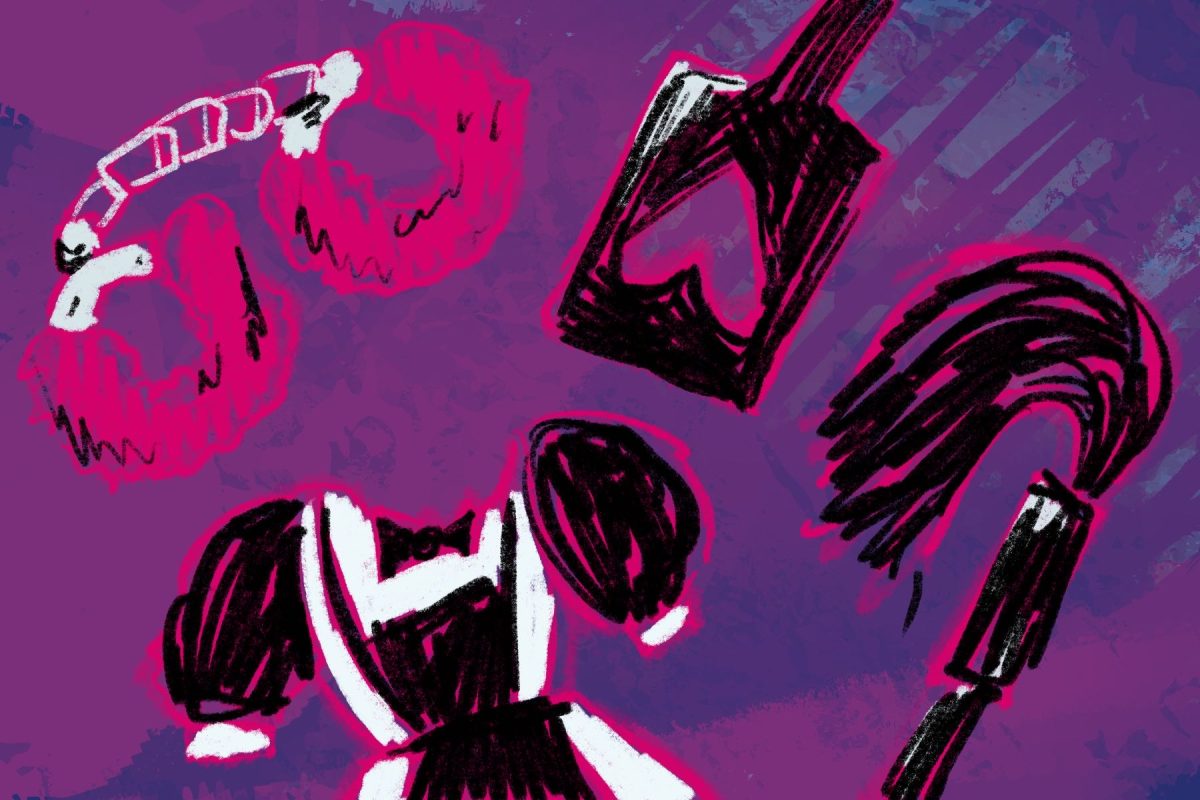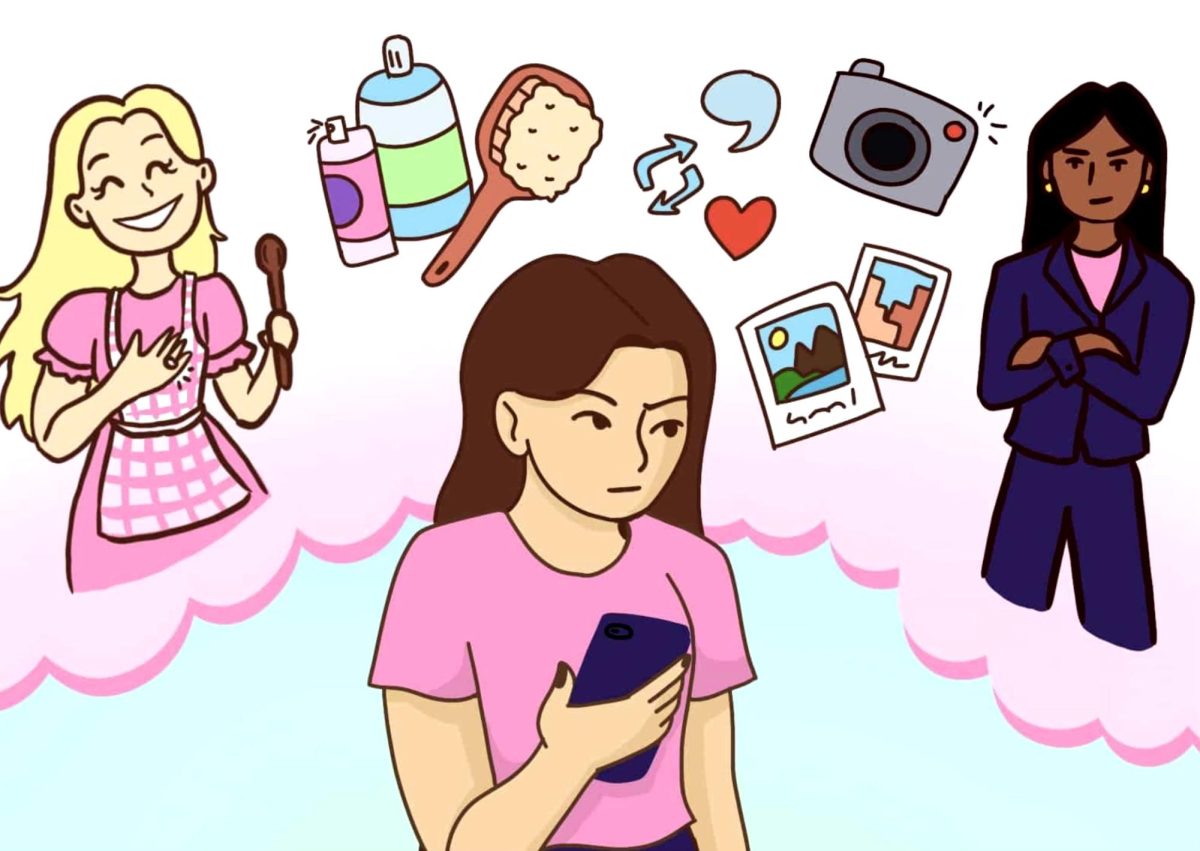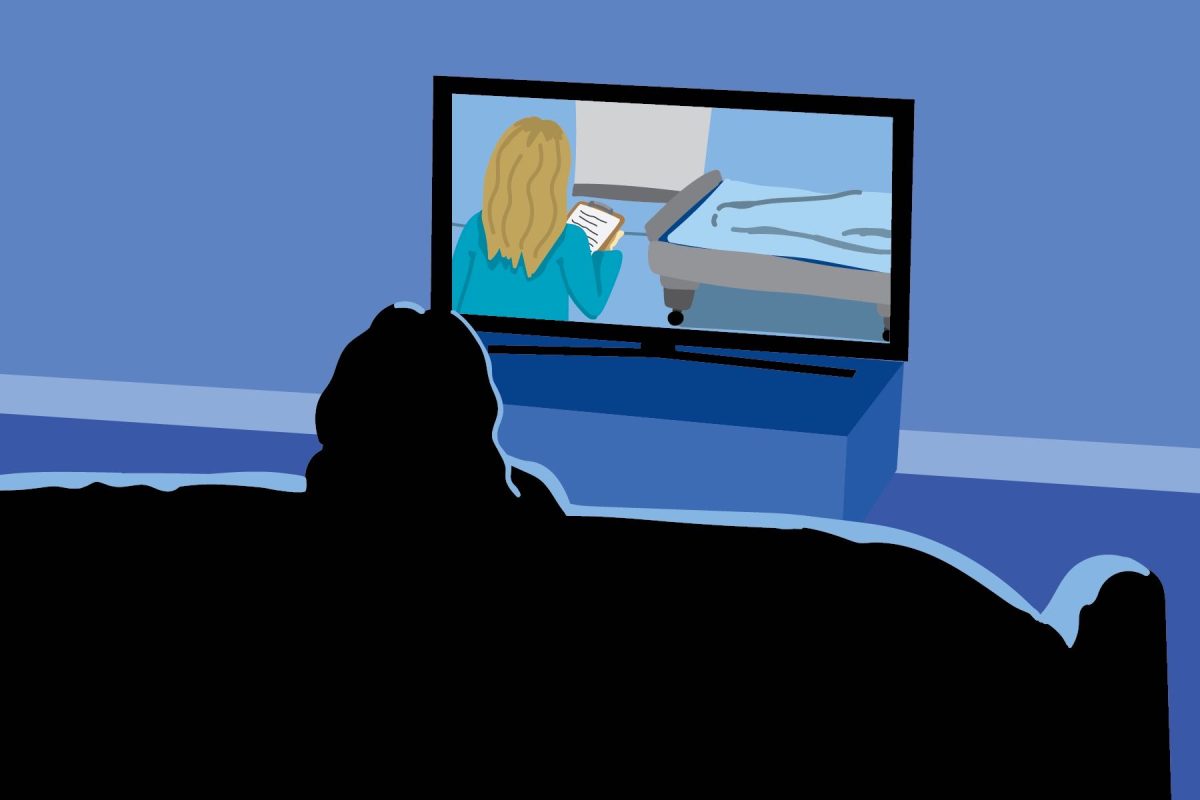It seems like every year, the parking debate begins. Students and The Crimson White complain about the lack of parking while Parking Services rebuts that parking is plentiful. In reality, the University is right on track.
On any given day, there are plenty of parking spaces. I went to the Southeast Commuter lot during the middle of the day one Wednesday to see how many spots were left. Not only were there plenty of parking spaces for students, but also enough extra room for the Chilton County Marching Band to park all of their buses and equipment.
Even in West Commuter, while most students try to park in the ten Hoor deck, the gravel lot across Campus Drive and the Wallace Wade parking lot always seem to have empty spaces.
In a June 22, 2011 article of The Crimson White, Chris D’Esposito, assistant director of parking operations said, “Right now, on any given day, we have thousands of open spaces. But chances are, it’s not the convenient space you want next to your academic area, your residential area, or your office area, and we realize that. But there are plenty of parking spaces available on campus as it stands right now.”
The true problem lies with the amount of cars within the core of campus. Consider the area between ten Hoor and Alston. Here, cars sit 10 deep waiting for that brief moment to gun it through a break in the pedestrians.
Just in the past year or so, at least two pedestrians have been hit by cars.
One, as reported by The Crimson White on October 20, 2011, was struck while crossing the street near Publix. The other was a long boarder who was struck while crossing the street in front of Alston.
With a pedestrian-centered campus, accidents like these would occur much less. While the University has taken steps toward a more pedestrian-oriented, there is more to be done.
At the University of Virginia, gates close off the main core of campus during the day, then reopen at night and on the weekends. The gates allow emergency vehicles, transit, and some service vehicles to pass, but also break away in case of emergencies.
Gates similar to those at Virginia would solve the daily traffic problem. If these gates were placed between Alston and the ten Hoor Parking Deck, in front of Marr’s Spring and at the intersection in front of the Biology Building, it would greatly reduce the number of cars on campus and create a better environment for pedestrians.
In addition to closing off parts of campus, the University should also promote the use of bicycles on campus. The University of New England, for example, gives bikes to every freshman that promises to leave their car at home. Personally, I know that here in Tuscaloosa it is almost necessary to at least own a car, regardless whether or not you use it on a daily basis, but for some, this would be a great alternative to bringing a car to Alabama.
Another way is through a program called B-cycle; it’s like Redbox for bicycles. In the University’s case, students could swipe their ActCard and a bike would be unlocked from the stand. The student could ride the bike anywhere they want to, then would return the bike to any of the B-cycle stands.
There’s also ways for students to help reduce the amount of car traffic on campus, such as avoiding driving from class to class, riding their own bike, using the Crimson Ride bus system, or simply taking the time to walk.
I have nothing against driving. I could not live in Tuscaloosa without my car, but everything has a place and I do not believe that the campus core is a place for driving during the day; instead, it should be a pedestrian place during the busiest times of day. And while it is up to the University to ultimately enforce this, everyone can help by simply not driving right through the core of campus.
By taking these steps, I believe that the University can become a safer and all-around better campus.
Mackenzie Brown is the Visuals Editor of The Crimson White.




